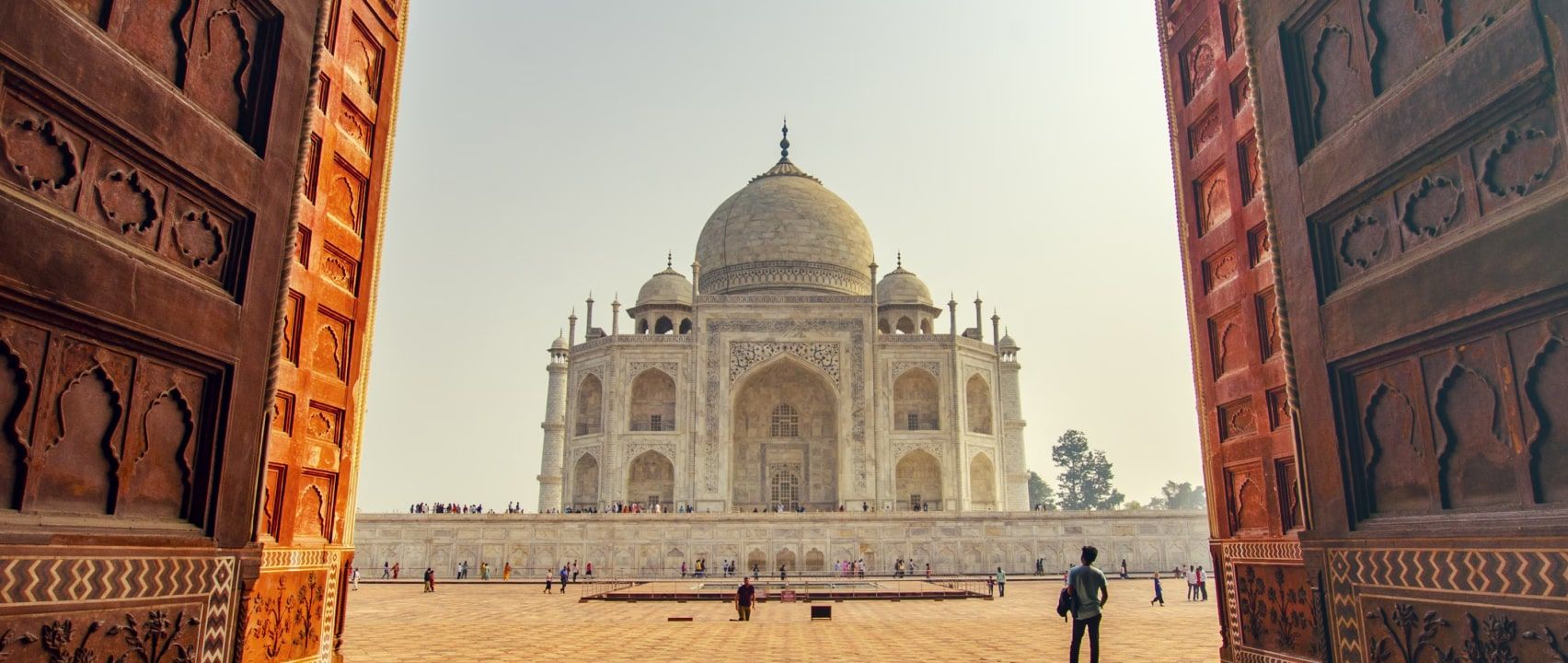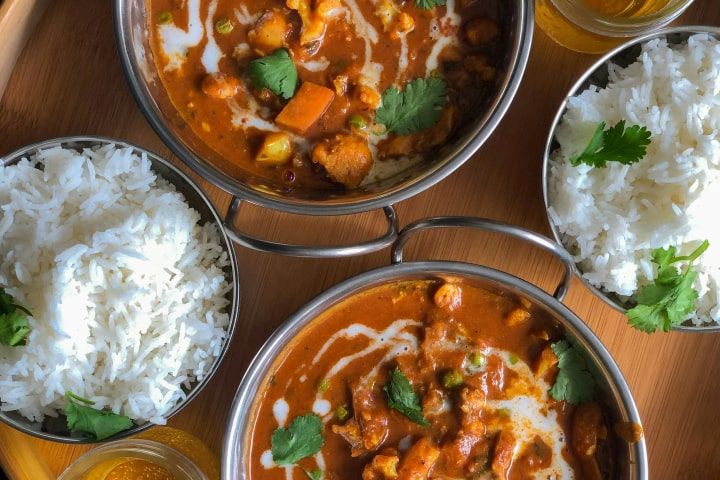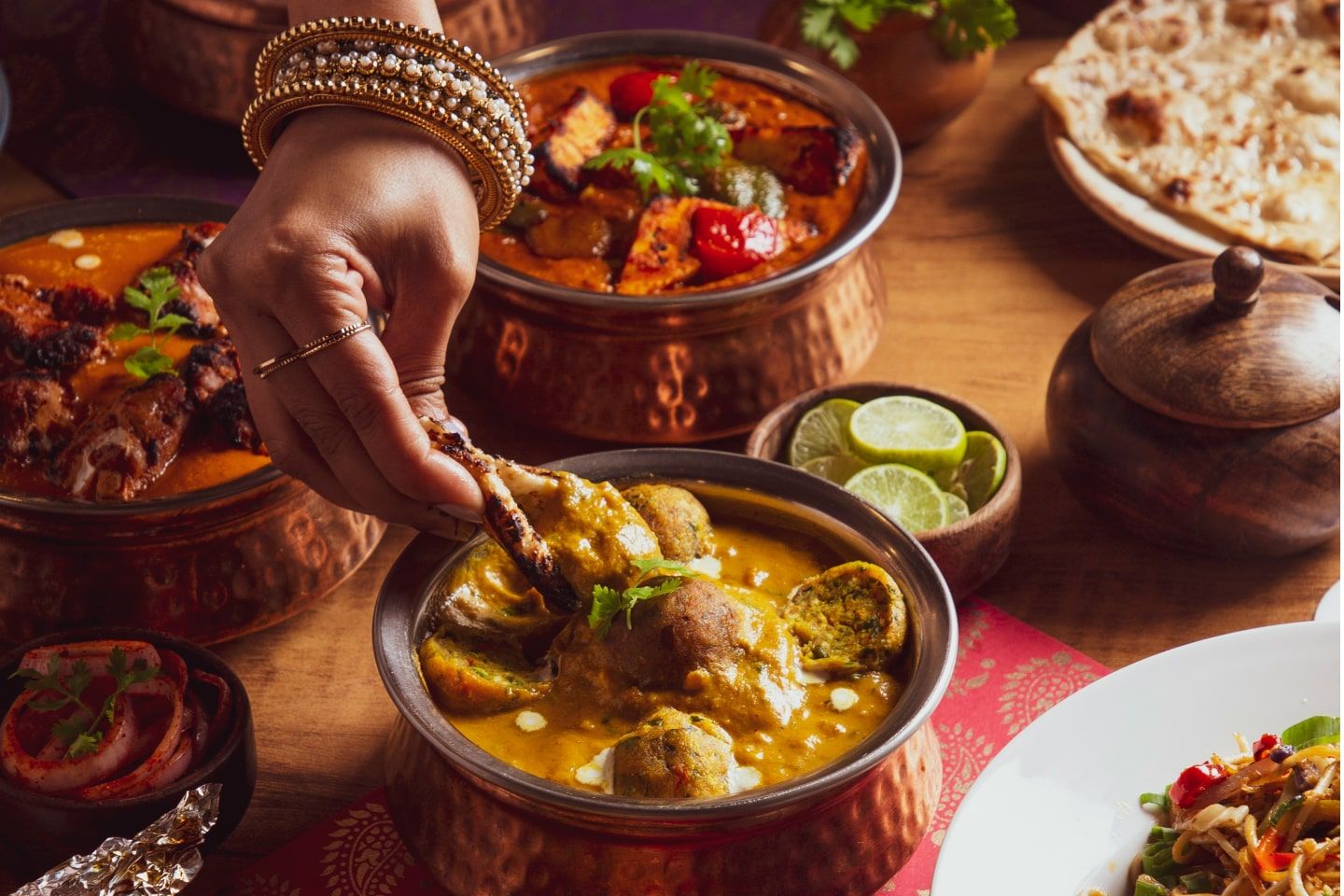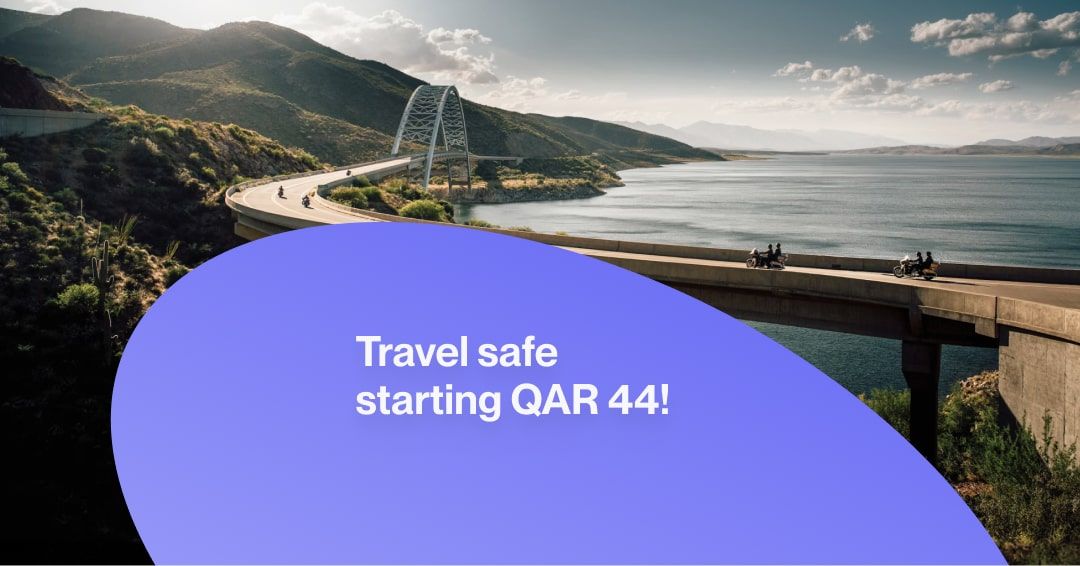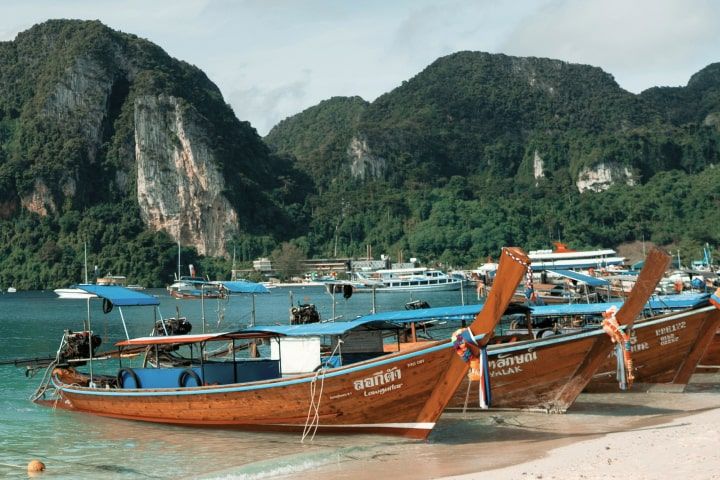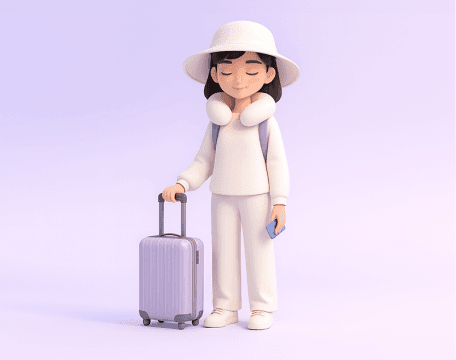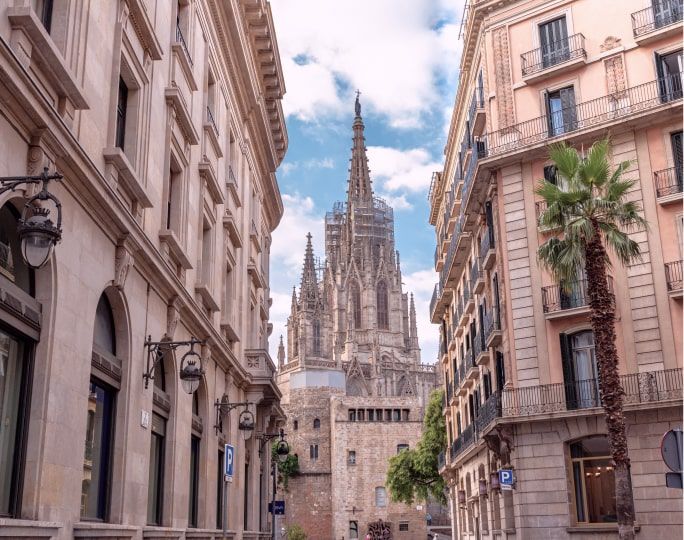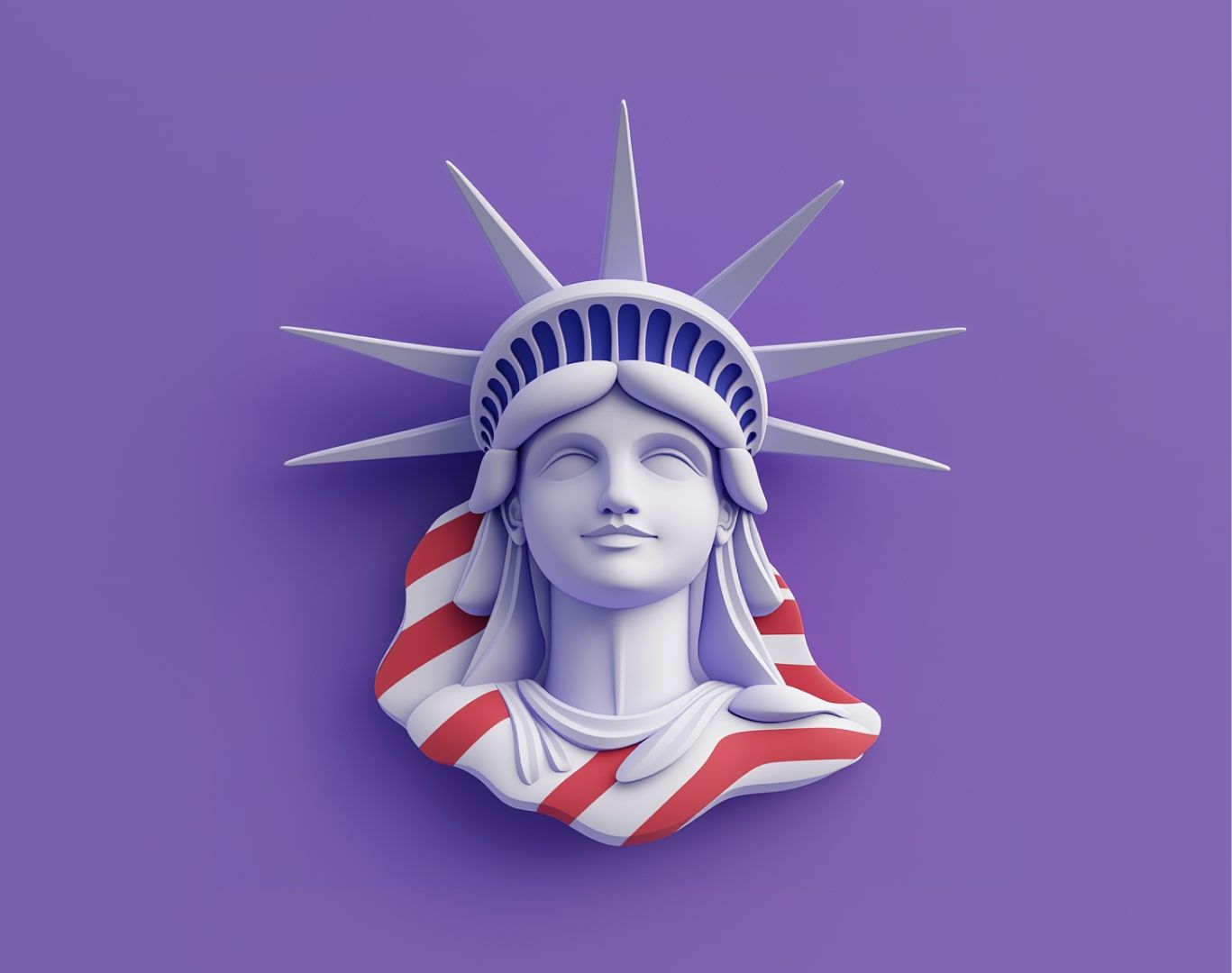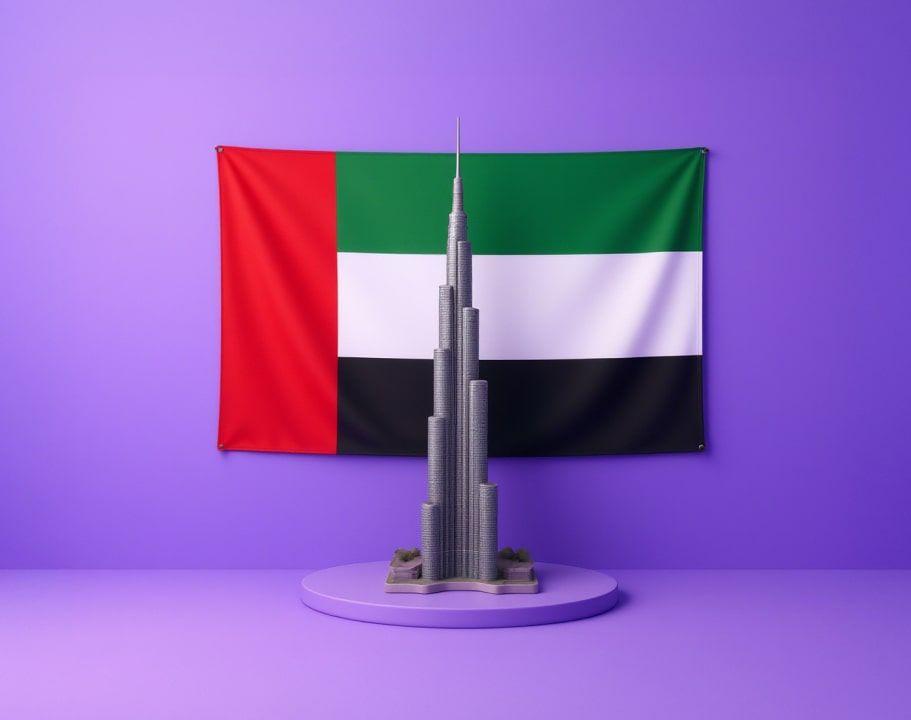Contents
With a population of 1.4 billion, India has an incredibly diverse variety of cultures and landscapes. Like in the U.S., each state resembles an entire country — the differences between the northwestern state of Punjab and Tamil Nadu, in the south, are perhaps even greater than between Texas and New York. You’ll be in for quite a journey!
While traveling to India requires some preparations, the country is unforgettable, with some of the loveliest people you’ll ever meet. So, get ready for a journey, and we’ll help you pick a spot.
Agra: For culture nerds
India’s most famous attraction is undoubtedly the Taj Mahal in Agra, south of Delhi. Despite looking like the sultan’s palace in Aladdin, it’s actually a mausoleum built by a Mughal emperor for his wife.
You can definitely do it as a day trip from the capital—just be ready for an early start, since the train ride can take up to six hours. And yes, you can sit on the same bench Princess Diana once did—just don’t be surprised if there’s a bit of a queue, as other tourists may have the same idea. If you have the time, stay overnight and head there early in the morning (gates open at 5.30) for the enchanting sunrise. Nearby is the beautiful Agra Fort, also worth a look.
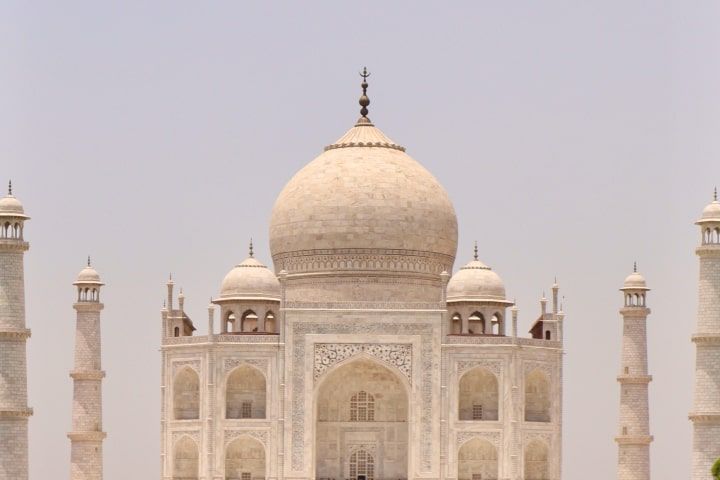
Mumbai: For movie fans
India's cinematic output is the most prolific worldwide, producing 2000+ movies a year. As usual, there are regional varieties: Tollywood refers to films in the Telugu language from the southern states of Telangana and Andhra Pradesh. But the most famous is Bollywood, the movie industry of Bombay – now known as Mumbai.
The best place to stay is in the Colaba and Kala Ghoda neighborhoods of southern Mumbai, within walking distance of attractions like art galleries, the Taj Mahal Palace, and the Gateway of India. For a taste of that Bollywood magic, you can book a tour at one of the film studios, complete with an on-set look behind the scenes of an Indian soap opera, and be treated to a professional dance number at the end.
Several hours' bus or train ride east of Mumbai are the Ellora and Ajanta caves and their spectacular stone carvings. The caves are reachable from Chhatrapati Sambhaji Nagar – or, to use its older, snappier name, Aurangabad. It's theoretically possible to visit both sets of caves in a day, but it's not recommended: you want to take your time at such a majestic world heritage site, so book an overnight stay in Aurangabad.
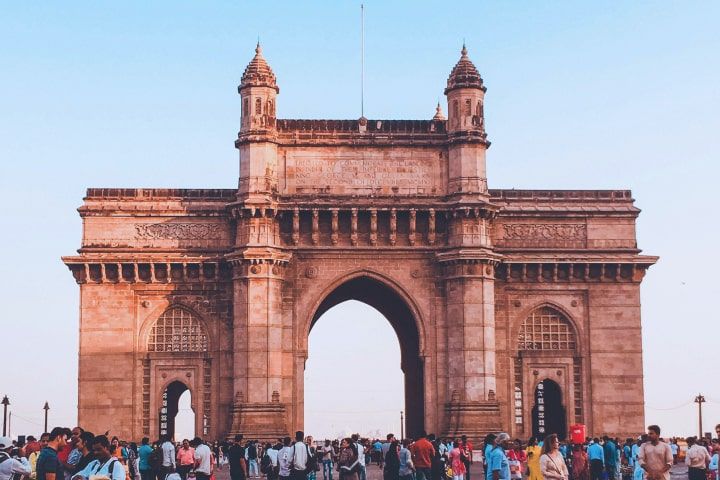
Kerala: For relaxation
While the north has been very clearly influenced by the Mughal era and its Persian culture, southern India remains quite distinctive. Few in Tamil Nadu even bother to learn Hindi! Chennai, the capital of the Tamil homeland, is full of distinctly bright and colorful temples, although photos and videos inside are not always appreciated.
The jewel of the south is Kerala, on the shores of the Arabian Sea. Spend an afternoon cruising the waterways of Alleppey, the Venice of India, or visit Jataya’s Earth Centre, the biggest bird sculpture in the world, inspired by the tale of the Ramayana. Further inland are the gorgeous green hills and tea plantations of Munnar, an area rightly nicknamed God’s Own Country.
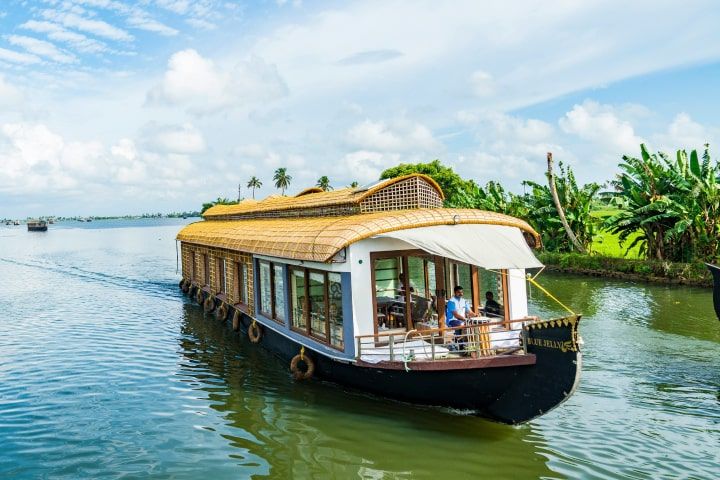
Rajasthan: For nature admirers
Rajasthan is a dry, northwestern state bordering Pakistan and dotted with UNESCO World Heritage sites: temples, fortresses, and palaces. There, you’ll find Udaipur, the majestic City of Lakes and shooting location for the Bond film Octopussy, and Jaisalmer, India’s Golden City, surrounding a hill crowned by an iconic yellow sandstone fortress. From Jaisalmer, you can book an excursion into the dunes of the Thar desert and fall asleep under the stars.
Rajasthan is also home to Ranthambore National Park, a place known for frequent tiger sightings. Safaris run in the morning and afternoon, but remember, these are wild animals, so nothing’s guaranteed. The park is divided into ten zones, and some are more popular with our feline friends than others — ask local staff and guides where the striped cats have been spotted last.

Himalayas: For mountaineers
Late spring until autumn is the best time for a trip to Ladakh in the Indian Himalayas. In the winter, the roads may be blocked by snowfall, and frankly, it will be too darn cold. Ladakh feels like a mystical mountain kingdom of snow-capped peaks, breathtaking valleys, and Buddhist monasteries, where the culture is closer to Tibet than Delhi.
From the capital, Leh, you can organize a 3- to 4-day trip to the Markha and Nubra valleys and Lake Pangong, looking over its pristine blue waters at the Chinese border. Since it’s a geopolitically sensitive area, you’ll need a special Inner Line Permit from the authorities. However, this is relatively simple: drop by the deputy commissioner’s office in Leh with your passport and fill out an application form, and you'll have it the very day.
Just south of Ladakh is Himachal Pradesh, where tourism revolves around the town of Manali, surrounded by mountains and forests. From there, you can plan activities such as hiking and paragliding, and you might see the occasional yak wandering the street. The massive trees in the park at the foot of the hill leading to the Old Town are absolutely stunning, especially in the early morning.
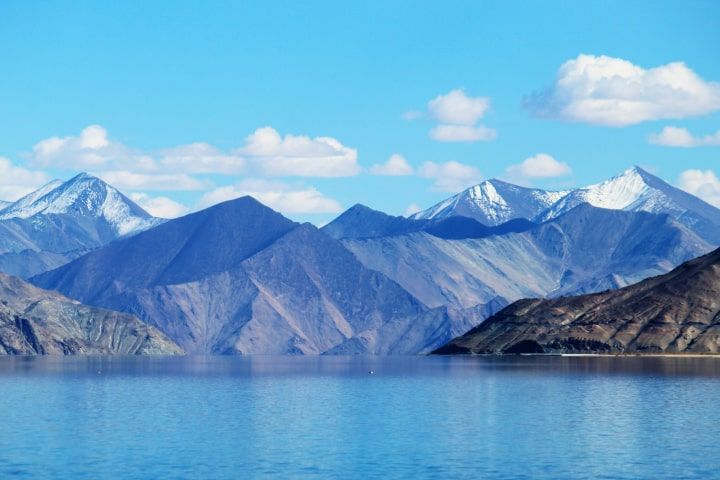
Transport
How do I get around all these places, you might ask? Here’s where it gets a bit complicated. You could fly everywhere, of course, if you don’t mind having a half-dozen domestic flights on your conscience. The other options are bus or train.
The most important thing to know about inter-state or long-distance trains is that you need to get on a waiting list. There’s limited space, and simply ordering a ticket doesn’t guarantee you a seat — you’ll find out, usually the following day, whether you’ve succeeded or not.
Furthermore, physically buying tickets at the railway station can be a time-consuming and ultimately fruitless process. So, the easiest way for a foreigner to order tickets for both buses and trains is through third-party apps such as 12Go.asia. However, for trains, you’ll still have to wait till the next day for an email confirming your ride (or not). You might be able to snag a ticket on the spot from the conductors, but not a seat, in which case you’ll rely on the generosity of your fellow passengers for a little room.
There’s a wider variety of options on the official Indian Railways website and on services such as redBus. But, keep in mind — Indian banks don’t always accept online payments from overseas.
Within most major cities, Uber works very well and is reasonably priced.
Food
Indian cuisine is deservedly famous worldwide, and again, it varies hugely by region: Bengal is famous for its sweets, while Kerala has perhaps the tastiest prawn curry on the planet. Indian masala tea is served in annoyingly small paper cups, which may be what keeps it so dangerously addictive, and there's nothing like a cool lassi — a yoghurt-based beverage, flavoured with fruits, nuts, and spices, that can be either sweet or salty — to freshen you up on a muggy day. Butter chicken is simple yet delicious.
If you're vegetarian, you're in for a treat: many restaurants are advertised as "pure veg" (note: veg does not mean vegan, as there's still plenty of dairy). If you’re worried about spice, you can always ask the waiters to tone it down, which they often do for the foreigners anyway.
Eating out is inexpensive in India, but you can always drop by a Sikh temple, or gurdwara, for a free meal at the langar, or community kitchen: usually a basic vegetarian dish of rice, vegetables and bread, followed by a wheat pudding called kada prasad, scooped onto your hand by volunteers. The langar is open twenty-four hours a day to everyone, regardless of caste or creed.
Safety
Indians in general are very welcoming and friendly – the site Couchsurfing, where you can meet and stay with locals, works wonderfully here. Expect to be constantly approached, asked where you're from, and perhaps to have a selfie. Locals will often go out of their way to help a lost tourist or treat them to dinner or at least a snack. Coming from a more reserved culture, this might come across as jarringly over-familiar, but it's done with the warmest intentions. India's a country where you can meet new friends very easily.
That being said, unscrupulous sorts can certainly twist the naivety of newcomers to their advantage. Expect to be overcharged or gently pressured into buying something you don't want. If you suspect this is happening, don’t be shy, try to haggle the price down, or refuse if you feel it’s unreasonable. With taxi drivers or tour guides, make sure the price is settled beforehand to avoid any misunderstandings. Merely looking is not a commitment to buy, so don’t be afraid to walk away, either.
Other than scams, sadly, several high-profile incidents have given India a reputation as being unsafe for women. That's a little exaggerated, not to mention unfair to extrapolate to a country of nearly one-and-a-half billion individuals; the majority of even single female travelers visit India without incident. The usual precautions apply: be careful who’s around you, avoid arriving in a new city in the dead of night (rickshaw drivers can be dodgy), and walk alone through dark, deserted streets. Generally speaking, southern states such as Kerala and Goa are considered safer in this regard than the north.
Travel insurance
While India is generally safe for travelers, unforeseen incidents can occur, particularly on the roads. Mountain conditions can change rapidly, leading to floods, landslides, and avalanches that may disrupt transportation and pose property loss or personal injury risks. Additionally, mosquito-borne diseases such as malaria are present, and consuming tap water or improperly prepared food may lead to illness.
In remote or rural areas, healthcare standards can vary, making private clinics a more reliable option in case of medical needs. That’s why it’s essential to get travel insurance before (or at least right after) booking the tickets to India!
